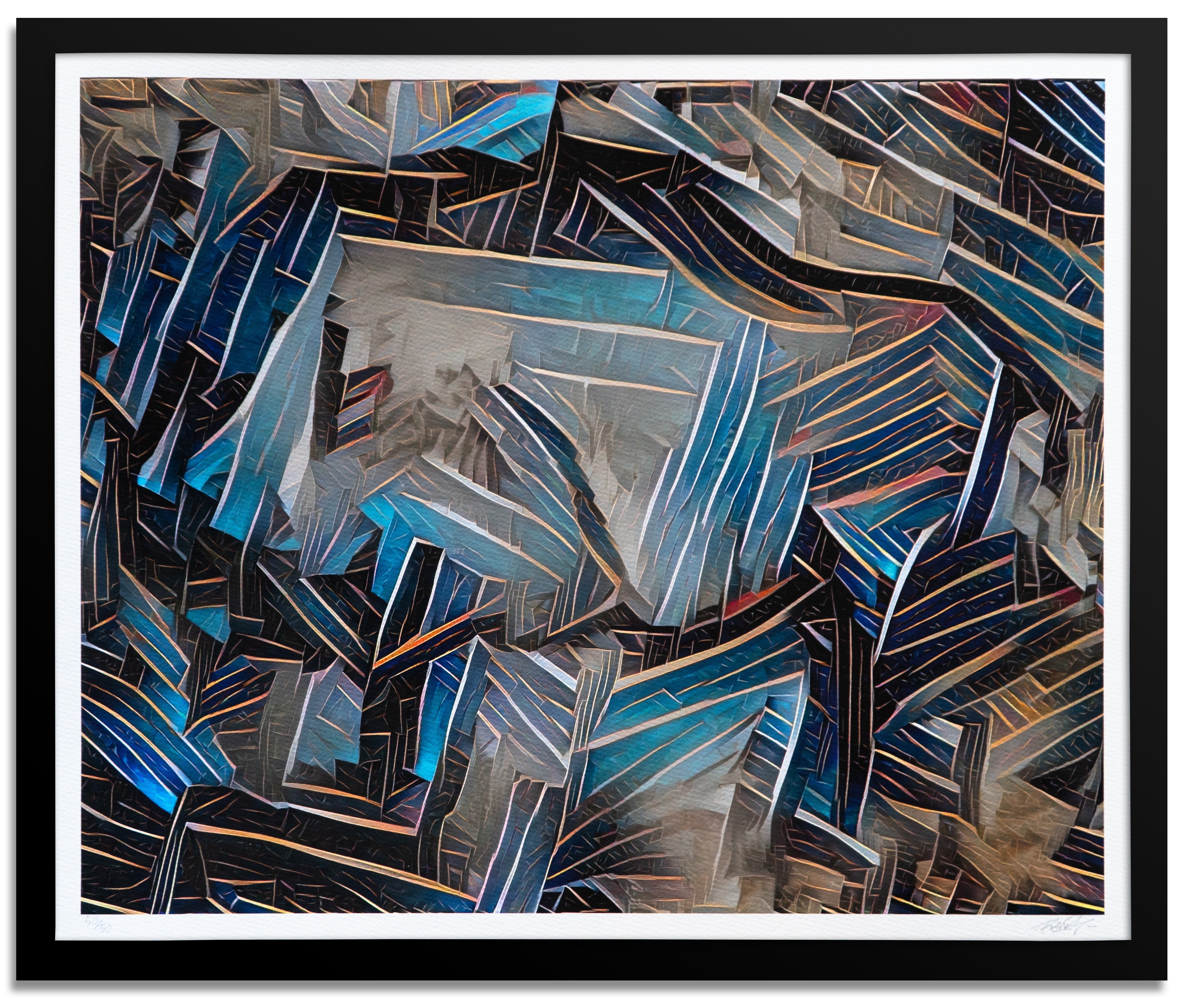
The French art collective Obvious is back with another project featuring artworks generated through artificial intelligence, this time training algorithms to blend prehistoric cave art with contemporary street art.
Obvious has teamed up with German graffiti artist Kai “Raws” Imhof to produce the new work, which is based on one of his painting and ancient art from the famed French cave art complex Lascaux. The title, Parietal Burner #1, comes from the technical term for art painted in caves, and burner, a word for an elaborate graffiti piece.
By involving Lascaux, Obvious is reaching across the full span of human history, connecting the world’s earliest artistic activity with advanced technology. Training the AI to create new works merging Raws’s style with the work of the ancients was a two-step process, starting with examples of the Lascaux cave paintings.
First, Obvious trained the AI using machine learning Generative Adversarial Networks to create new drawings of animals in the prehistoric style.
Obvious used artificial intelligence to generate a new artwork based on an AI-created Lascaux cave painting-style animal figure and Raws’s CHAOS. The result is Parietal Burner #1. Courtesy of Obvious.
“We then trained a second type of algorithm to learn from the style present in Raws’s artworks, and to translate this style on the drawings initially created with artificial intelligence,” a representative for the collective said in an email.
The result, based on a Raws work called Chaos and a “new” Lascaux animal figure, is a blend of the two aesthetics.
Obvious made a name for itself in 2018 when Christie’s New York auctioned off its work, Portrait of Edmond de Belamy, the first AI-generated artwork at auction, for $432,500—more than 4,320 percent its high estimate of $10,000.
Signed prints of Obvious’s Parietal Burner #1. Photo courtesy of Obvious.
It remains to be seen where the market for high-tech art will go (a Sotheby’s sale of two Obvious “paintings” a year later failed to generate the same enthusiasm), but Obvious remains excited about the artistic possibilities of the medium.
“The wide variety of AI tools that exist now constitute a powerful engine for artistic creation. By combining them in novel and exciting ways, one can explore their potential for making new visual creations,” Obvious said. “As these tools get more and more accessible, we believe that a new artistic movement can emerge.”
Obvious has issued a limited-edition set of prints of Parietal Burner #1, with each print priced at €250 ($336). Once the series of 50 sells out, buyers will be entered into a drawing to win a one-of-a-kind version printed on an aluminum plate.